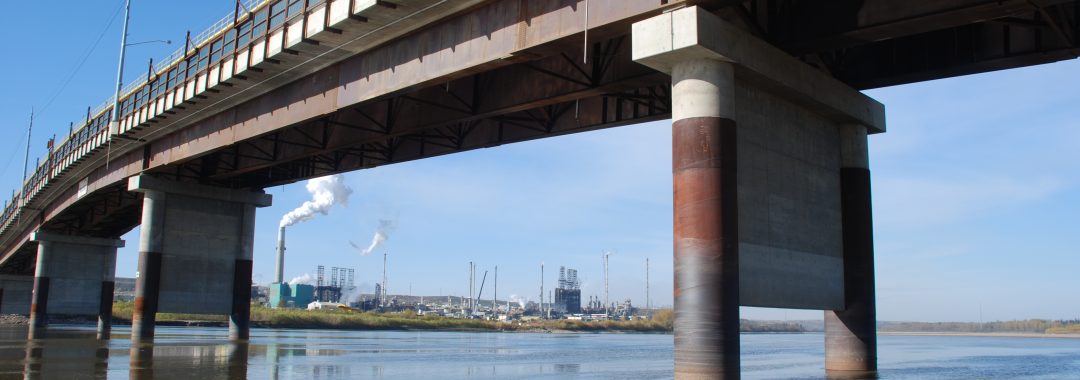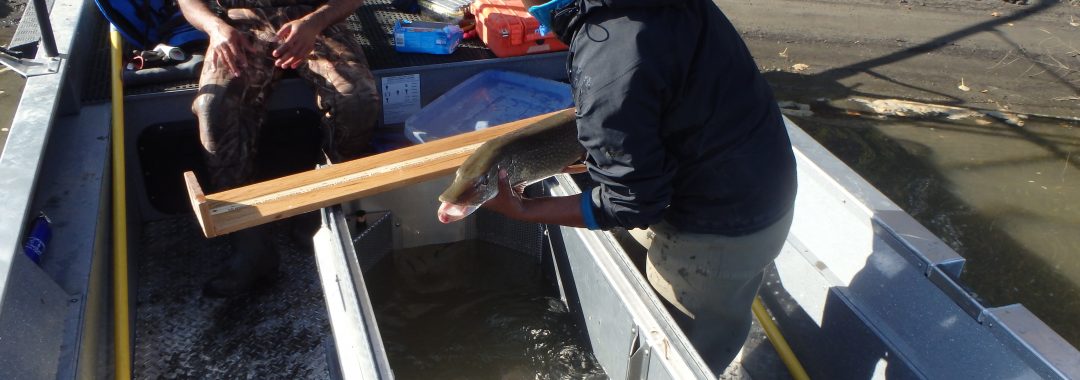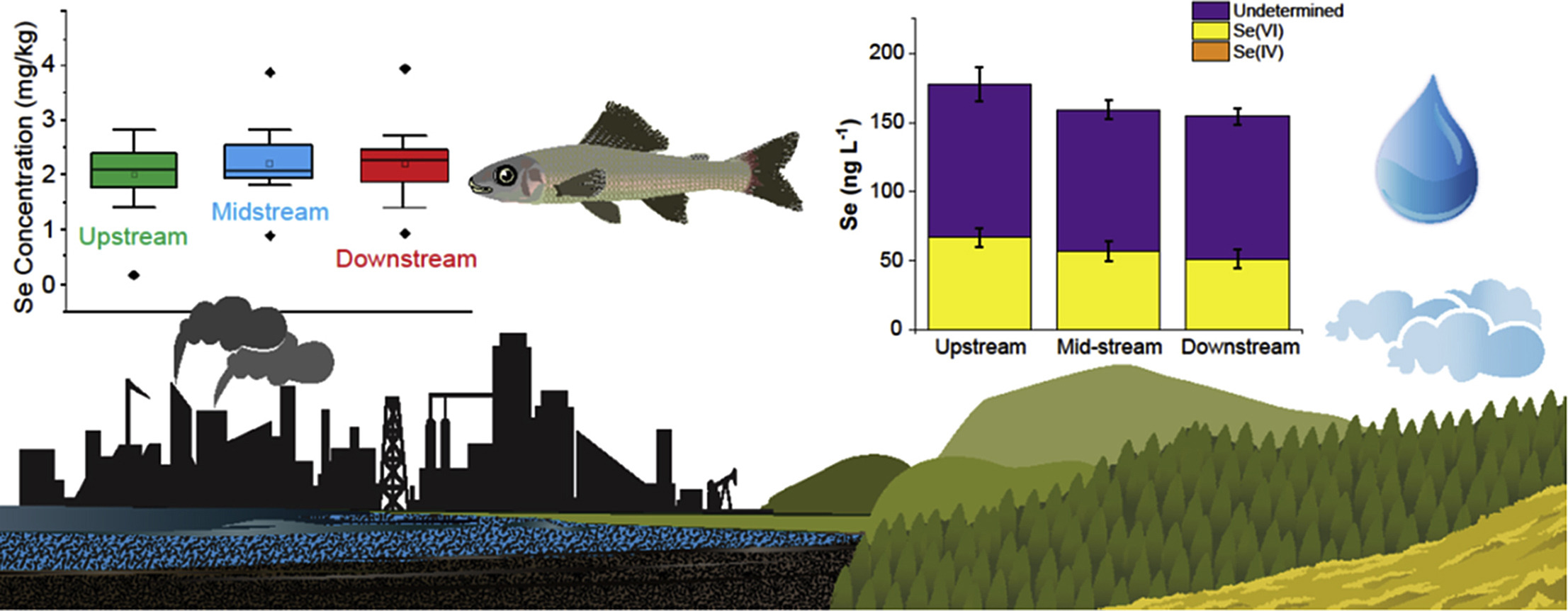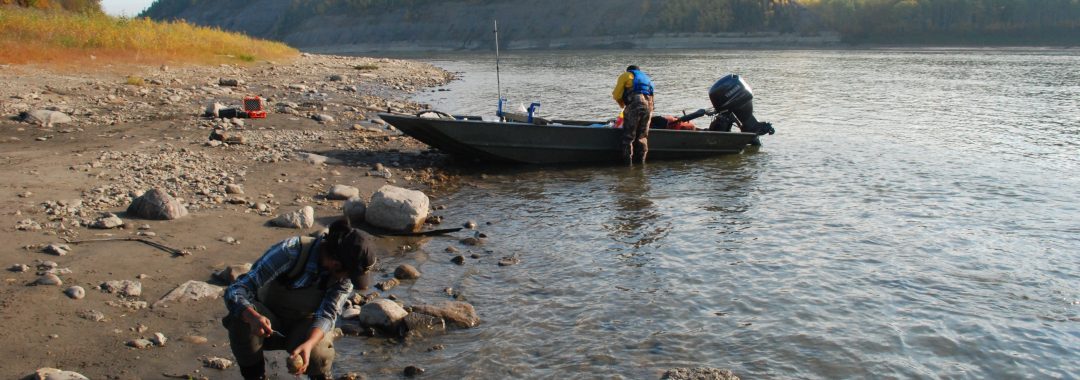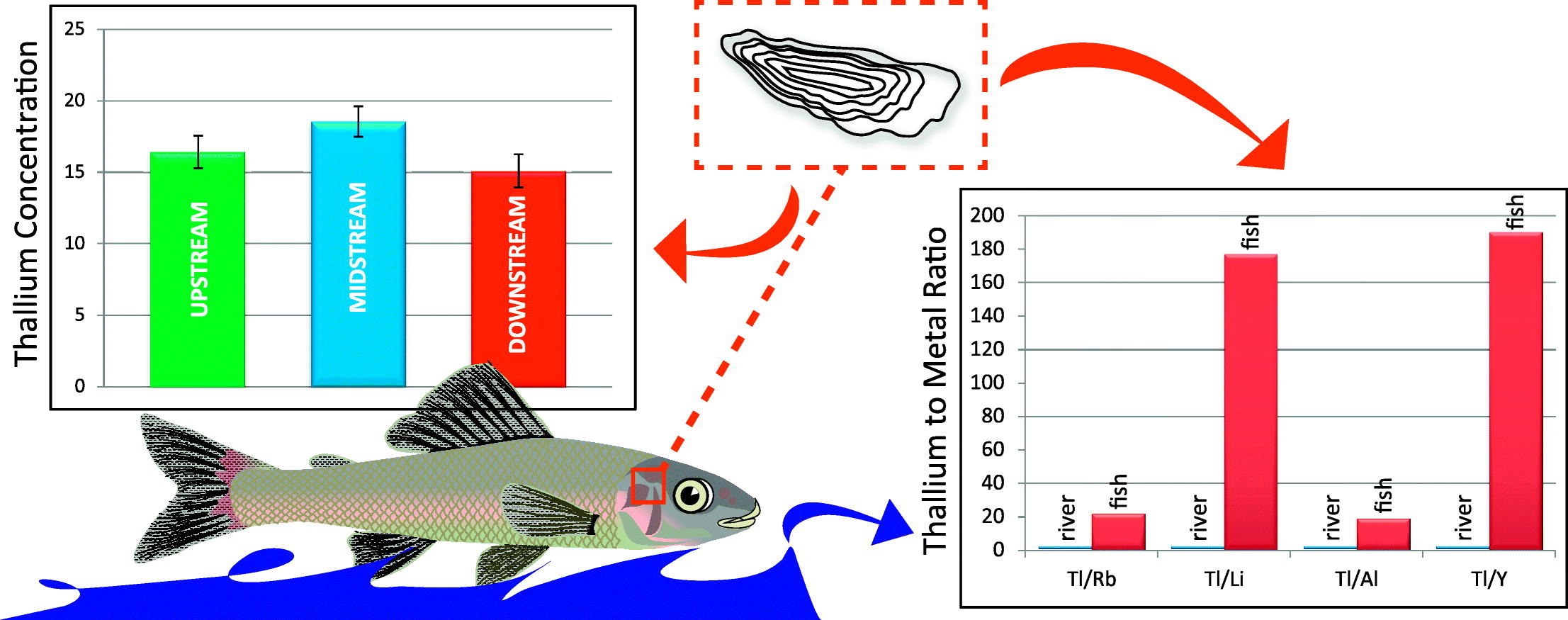Abstract:
The Lower Athabasca Region (LAR) is home to the largest bitumen deposit in Alberta, and has seen industrial development related to the extraction and processing of bituminous sands since the late 1960s. Along with industrial and economic growth related to oil sands development, environmental concerns have increased in recent decades, including those about potential effects on fish. We measured major and trace element concentrations in Trout-perch otoliths from the Athabasca and Clearwater Rivers in the LAR, to illustrate spatial variations and identify possible industrial impacts. Both laser ablation ICP-MS and solution-based ICP-MS methods were employed. Of the trace elements enriched in bitumen (V, Ni, Mo and Re), only Ni and Re were above the limits of detection using at least one of the methods. The only significant differences in element concentrations between upstream and downstream locations were found for Li, Cu, and Pb which were more abundant upstream of industry. For comparison and additional perspective, otoliths from the same fish species, but taken from the Batchawana River in northern Ontario, were also examined. The fish from Alberta yielded greater concentrations of Ba, Bi, Li, Mg, Na, Re, Sc, Th and Y, but the Ontario fish more Cr, Rb and Tl, because of differences in geology.
Citation: Sinnatamby, R.N.*, Loewen, T.N., Luo, Y., Pearson, D.G., Bicalho, B., Grant-Weaver, I., Cuss, C.W., Poesch,M.S., and W. Shotyk. (2019). Spatial assessment of major and trace element concentrations from Lower Athabasca Region Trout-perch (Percopsis omiscomaycus) otoliths. Science of the Total Environment 655 (10): 363-373.
Graphical Abstract:
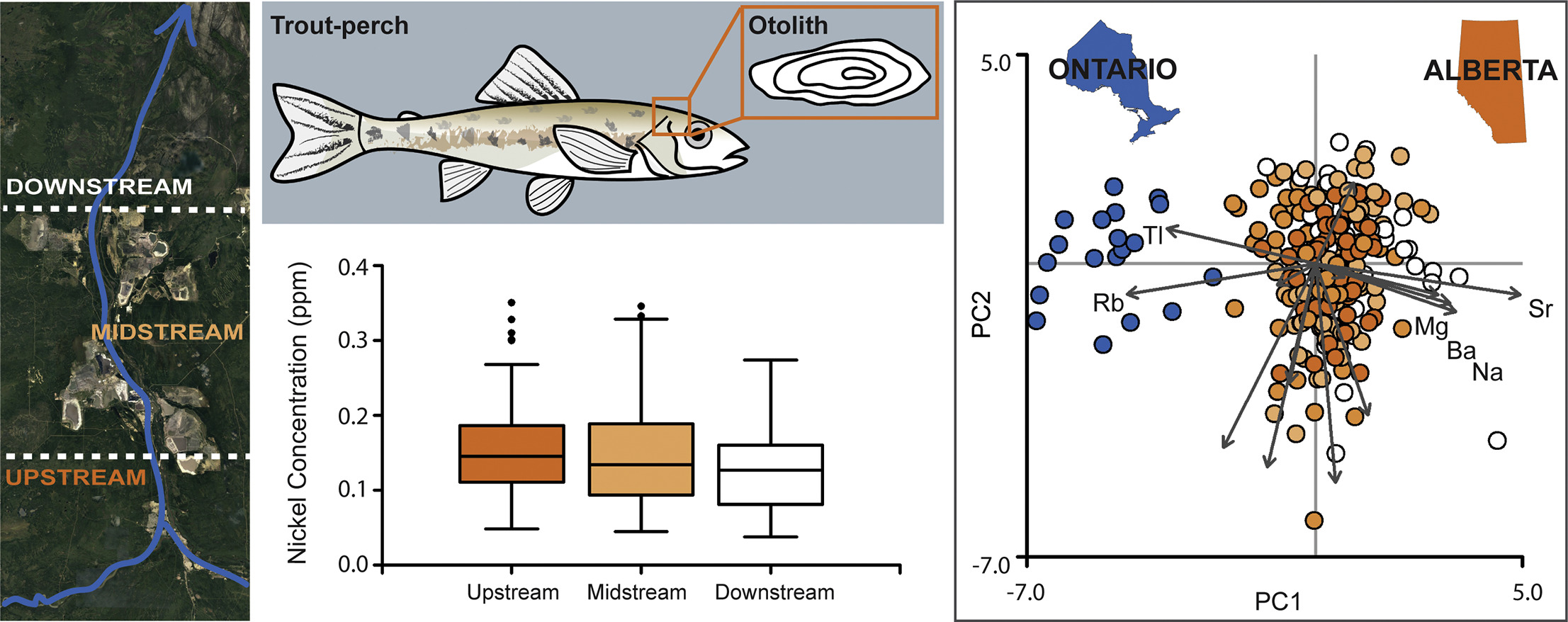
Also Read:
*Lab members: Nilo Sinnatamby, Mark Poesch. Check out opportunities in the lab!

